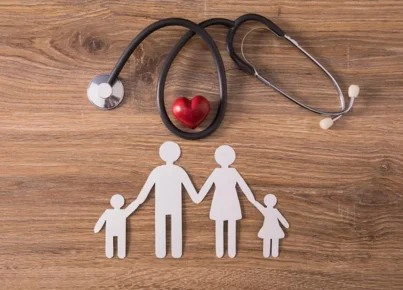In recent years, mental health has emerged as a critical issue that affects millions of people worldwide. As awareness of mental health issues increases, the question arises: do today’s students have more mental health problems than previous generations?
The answer to this question is multifaceted and complex. There are various factors to consider when examining the prevalence of mental health issues among students today. Some researchers argue that today’s students might be more susceptible to mental health problems due to several factors, including increased academic pressures, societal expectations, and social media’s impacts.
One significant factor contributing to students’ mental health issues is the rising academic pressures they face. Today’s students are expected to perform at a higher level than their predecessors in an increasingly competitive environment. Increasingly demanding coursework and the constant pressure to excel academically cause stress and anxiety among many students. These pressures can lead to a variety of mental health issues, such as depression, anxiety disorders, and burnout.
Another reason why today’s students might have more mental health issues is that societal expectations have shifted significantly over time. With advances in technology and globalization, the modern world has become more complex and demanding. This rapid change can create a sense of uncertainty and insecurity for many young people as they navigate through their education journey. Furthermore, the stigma surrounding discussing or seeking help for mental health concerns still permeates society, inhibiting individuals from reaching out for assistance.
The increased prevalence of social media use among today’s students is a double-edged sword concerning their mental well-being. Platforms like Instagram, Facebook, and Twitter enable staying connected with friends and family members at all times effortlessly; on the other hand, these same platforms can also lead to unhealthy comparisons with peers who seem to lead ‘perfect’ lives. Consequently, this can lead some individuals down the spiral of low self-esteem, depression, or anxiety.
Having said that, it bears mentioning that better awareness, diagnosis, and destigmatization of mental health issues may also contribute to the perception that today’s students experience more mental health issues. Mental health problems often went overlooked in the past due to a general lack of understanding or recognition by both individuals and professionals. As awareness has increased, so has the acknowledgment of these issues, leading to an apparent increase in prevalence among modern students.
In conclusion, it is reasonable to believe that today’s students face heightened levels of mental health issues influenced by various factors such as academic pressures, societal expectations, and social media’s impact. However, this perception might also be a result of increased awareness and acknowledgement of mental health concerns. It is crucial to continue fostering open conversations surrounding mental wellbeing while implementing proactive measures in schools and society to support these young individuals’ emotional growth and development.





